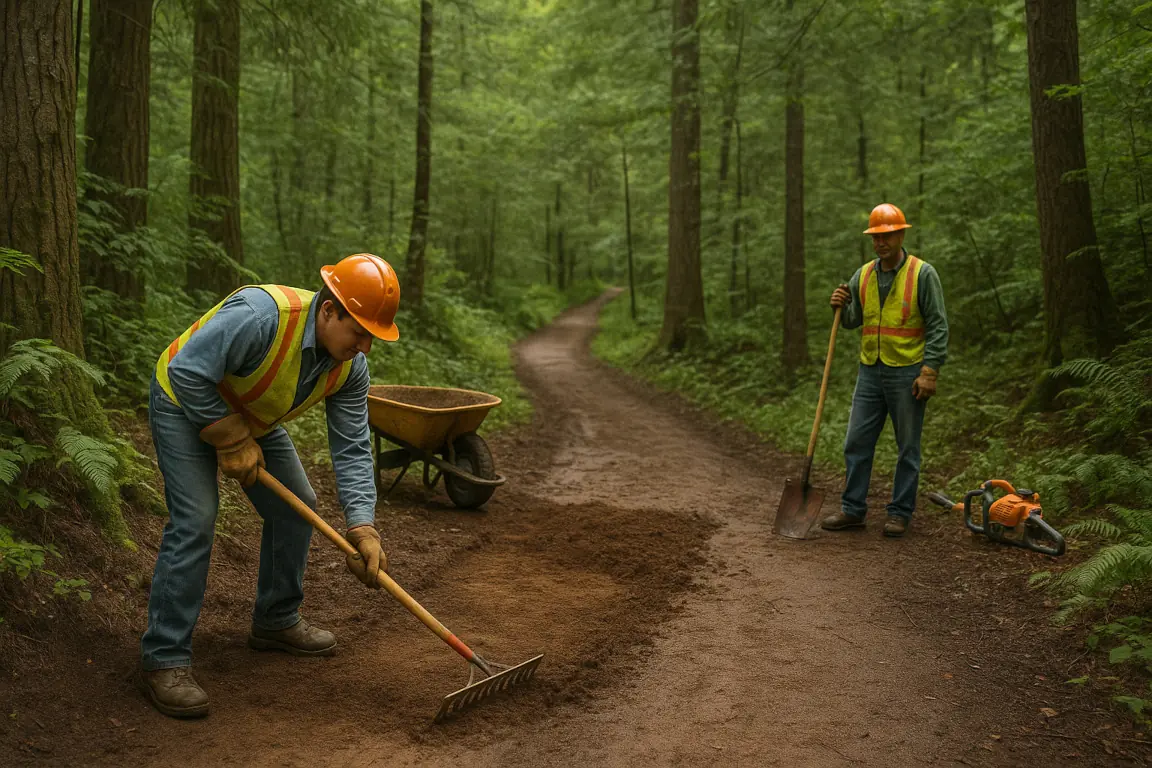
Trail Maintenance Best Practices
Learn how to keep your trails in top condition year-round with these proven maintenance techniques, seasonal schedules, and volunteer management strategies.
Overview
Why Trail Maintenance Matters
Regular trail maintenance is essential for safety, sustainability, and rider enjoyment. Well-maintained trails last longer, require fewer major repairs, and provide a better experience for all users.
- Proactive maintenance prevents major repairs
- Address drainage issues immediately
- Inspect trails after significant weather events
- Document all maintenance activities
- Prioritize safety-related issues
- Weekly: Quick inspections of high-traffic areas
- Monthly: Detailed inspections of all trail sections
- Seasonal: Comprehensive maintenance tasks
- After Storms: Immediate inspection and cleanup
- Annually: Complete trail assessment and planning
Maintenance Planning Elements
Effective trail maintenance begins with a comprehensive plan that outlines responsibilities, schedules, and procedures. Your maintenance plan should include:
Complete assessment of trail conditions and features requiring maintenance
Detailed calendar with seasonal tasks and regular maintenance activities
Tools, materials, and volunteer requirements for maintenance activities
Procedures for recording maintenance activities and trail conditions
Response plans for trail hazards, damage, and safety concerns
A well-documented maintenance plan ensures consistency, helps with volunteer training, and provides continuity as trail stewardship responsibilities change over time.